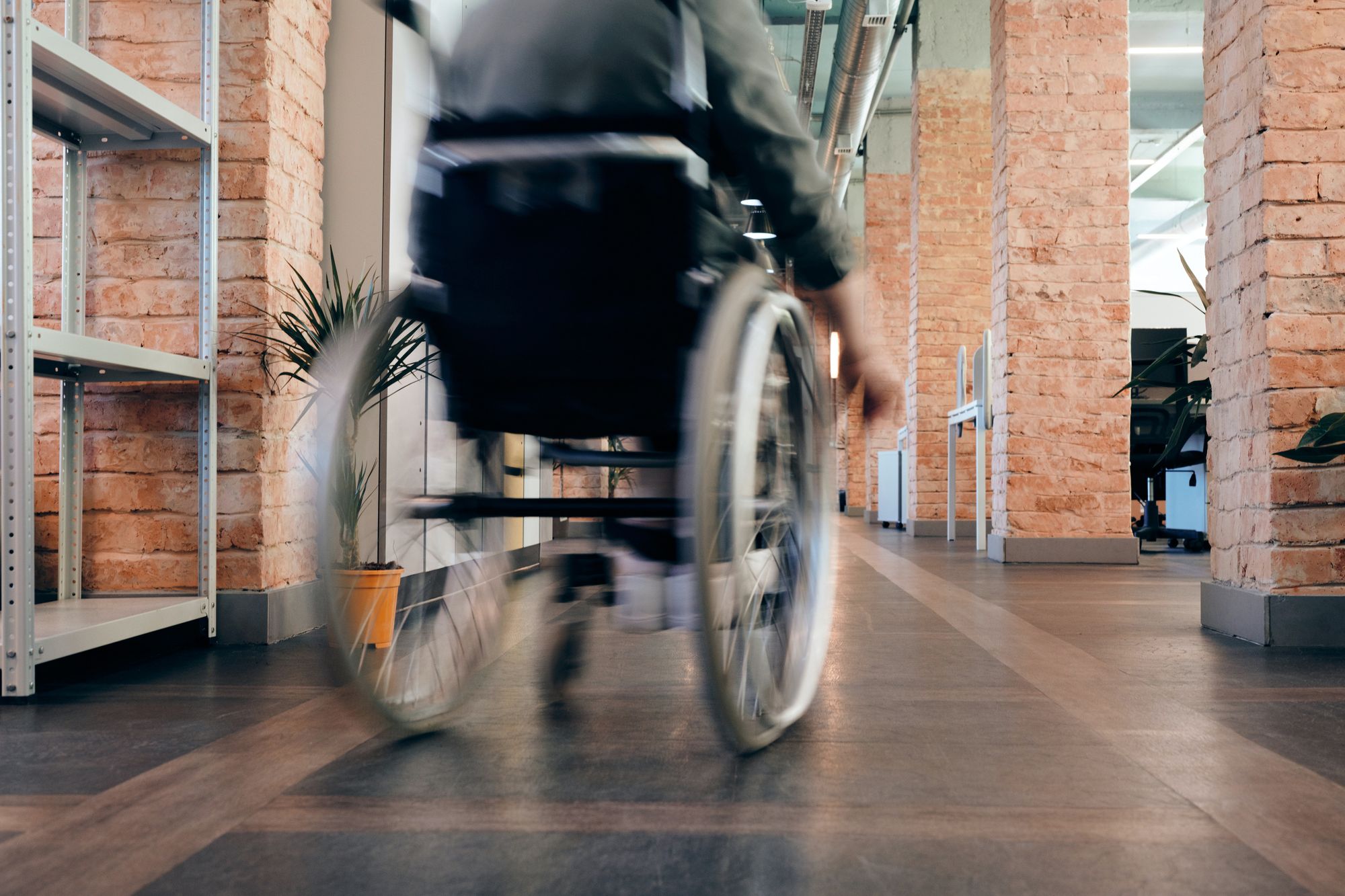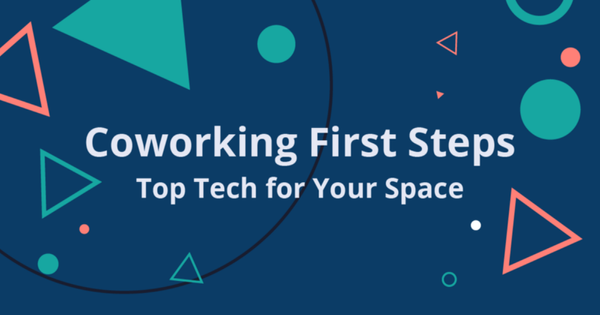When it comes to making coworking spaces more accessible, getting started may be daunting: where to start, how to implement your goals, and how to measure the effectiveness of your efforts. We’ve put together some considerations to help transform “How can I afford this?” into “We can’t afford to not be doing this!”
Why?
Because accessibility is more than a buzzword—it’s instrumental in making sure that you’re harnessing the true potential of your community and scaling sustainably.

Local laws
First things first, you need to ensure that you’re in compliance with local laws. If you’re in the United States, that means not only following the Americans with Disabilities Act (ADA) but also that your website meets the Web Content Accessibility Guidelines (WCAG). Regardless of your location, speak with a lawyer or specialist who can guide you through your legal responsibilities.
These steps will ensure that you aren’t violating any laws or putting yourself at legal risk. They’re also good fundamentals! But they don’t address everything. As you scale, you don’t want to be saying: “We meet the legal requirements...,” you’ll want to say: “We consider accessibility in everything we do!”
What’s good for one...
In life, very few things are on-size-fits-all. But the story of curb cuts demonstrates that sometimes inclusive design ends up being beneficial for a whole lot more people than just the intended recipients.
You may have heard of curb cuts, and if you haven’t, you’ve definitely seen them. They’re the bits at sidewalk intersections where the raised portion of a sidewalk angles down to meet the street. Originally designed to help wheelchair users and veterans, after implementation, it turned out that they made the streets around the United States easier to navigate for most everyone in what’s now know as the curb cut effect.
In your space, the principles of the curb cut effect offer a path toward growth via accessibility. The work you put into making an accessible workplace can lead to increased benefits for your whole community (and future members).
There are also long-term benefits for your membership and yourself. As we age, it becomes more likely that we’ll rely on, for example, a pair of glasses to keep enjoying our favorite reads. A broken bone can turn doors and stairs into time-consuming (or insurmountable) challenges. When considered like this, making your coworking space more accessible to a variety of needs and profiles ensures that your space remains accessible to you as your needs change over time or due to unforeseen circumstances.

It’s in the design!
In Work Design Magazine, Bernice Boucher and Kim Vanderland outline both the rationale behind an inclusive workplace, including a detailed breakdown of common types of neurodiversity and how design often fails them, and offer a blueprint for each of us to design more inclusive spaces. The seven principles they outline are:
- Equitable use
- Flexibility in use
- Simple and intuitive use
- Perceptible information
- Tolerance for error
- Low physical effort
- Size and space for approach and use
While you’re focusing on physical features, don’t forget the ways in which neurodiverse people interact with your space differently. Building toward an inclusive space can mean rethinking some of your layout and design elements that seem innocuous but add barriers to focus.

Not a checklist, a process
For different kinds of neurodiversity, a dim room might be at times both helpful and harmful, as can a bright room. Don’t think about a space as “accessible” or “not accessible.” Instead, think of your workspace existing on a continuum where every passing day offers an opportunity improve your members’ experience and scale your model to reach new members—all the while demonstrating the best values of the coworking and flex work community.
Be sure to include your digital spaces in your considerations as much as your physical ones. If you’re taking the time to implement inclusive design in your space, the last thing you want is for missing alt-text on your landing page to give someone using an assistive technology the wrong impression. Luckily, many of the measures you can take to make your website more accessible are inexpensive (or free!) and fairly easy to implement without specialist help.
Find and join networks
Still feel lost? We promise you’re not alone. There are many organizations and coworking advocates who have made accessibility central to their mission and already have resources available for you to access.
The Coworking Wiki Forum is a community that has been active for 15 years now, and in that time, there have been so many invaluable discussions about how to implement better accessibility practices in your space.
You need to check out the Coworking IDEA project. Their goal is to promote inclusion, diversity, equity, and accessibility in coworking, and so far they’re doing an amazing job. Instead of a long list of best practices, they focus on monthly challenges that encourage each of us to make meaningful changes in a way that doesn’t expect anyone to become an expert overnight.
David O’Coimin of Nook Wellness Pods and Ivanne Poussier of Ada Coworking were interviewed on the Coworking Values Podcast discussing accessibility in coworking. It’s an in-depth conversation that addresses many common concerns that flexible workspace operators have when starting their accessibility journey. (And don’t miss our interview with Ivanne about women-led coworking spaces in Europe.)
A tool for scaling
When it comes down to it, you would never think of your space as “off-limits” to anyone; you’re building a welcoming community! But unless you’re putting resources into accessible design, there are going to be people you leave out by default, no matter how unintentionally. When you think about it like that, it’s a no-brainer to make sure that as many people as possible are able to use your space and become members.
Improve your accessibility and you’ll move a step closer to achieving sustainable, equitable growth!



